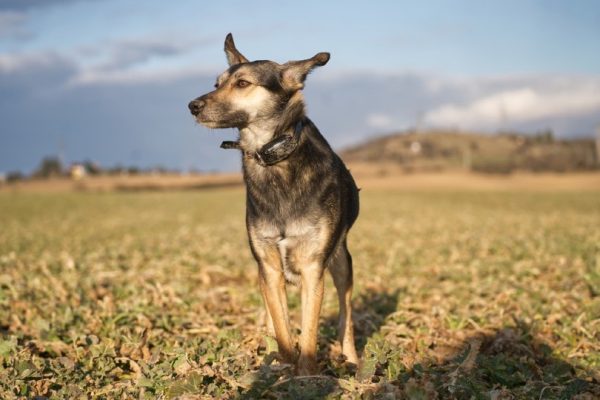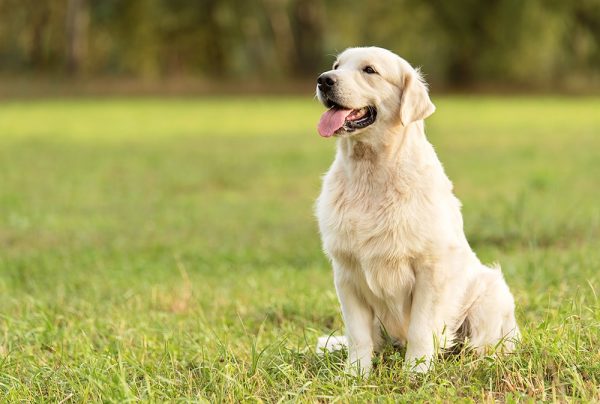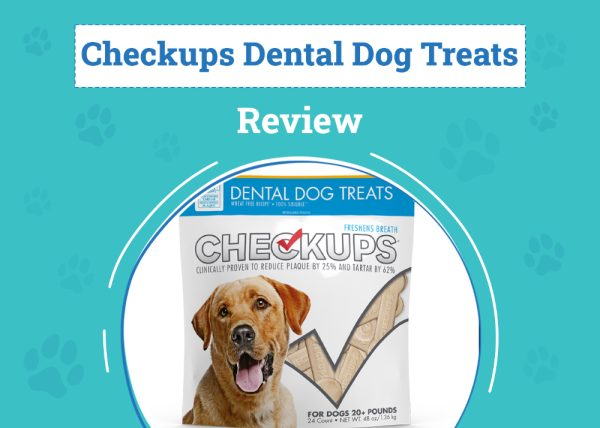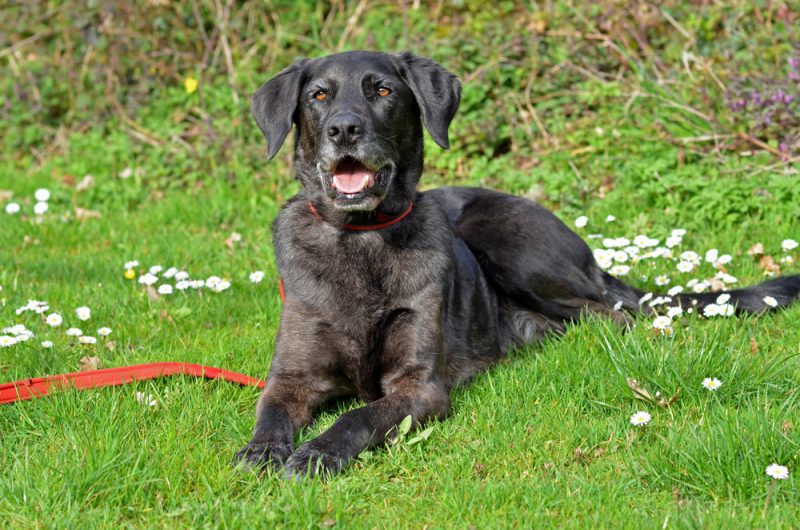In this article
Shelties were bred as herding dogs on the Shetland Islands of Scotland, hence the name Shetland Sheepdog. They’re also known as the Shetland Collie, but their name was formally changed when breeders of the Rough Collie protested. Like other native dogs, the Shetland Sheepdog was developed to be a hardy breed that could survive the harsh conditions on the little island.
Since they were originally bred for herding, their herding instincts are extremely pronounced, even in modern times. These dogs are still used for that task today, but they were largely phased out after commercial farming began to require larger breeds.
When adopting one of these dogs, you may be interested in which sex would be the best option. For the most part, the two are fairly similar. However, there are slight differences between them. Let’s take a closer look.
Visual Differences

At a Glance
- Average height (adult): 13–16 inches
- Average weight (adult): 11–24 pounds
- Average height (adult): 13–16 inches
- Average weight (adult): 11–24 pounds
Shetland Sheepdogs 101
The Shetland Sheepdog is often described as a small Rough Collie. However, unlike some other miniature breeds, this one was not simply bred by selectively breeding tiny Rough Collies. Instead, the original Shetland Sheepdogs were likely Spitz-type dogs that were then bred with Collies and similar breeds. Eventually, they developed into the breed that we know today.
These dogs are incredibly intelligent and trustworthy. They are often described as “shadow dogs,” as they tend to follow their owners around the house. They become extremely attached to their family. Often, they are good with children and adults alike. However, they are best for active families. As working dogs, they are quite active. They were bred to herd livestock all day long, after all.
This dog is relatively small. They only measure about 8–12 inches tall. Males and females are incredibly similar in size without much deviation. Their breed standard states that they should weigh about 11 to 24 pounds, no matter their sex.

Male Shetland Sheepdog Overview

Personality/Character
For the most part, male and female Shetland Sheepdogs are generally the same when it comes to their personality. You likely won’t notice a significant difference based on sex alone. Socialization and training have a much bigger impact on personality.
That said, the hormonal differences between males and females may cause a few character differences. For instance, intact males are much more likely to perform marking behaviors.
Studies have found that male dogs in general are more likely to bite than females. It is unknown if male Shetland Sheepdogs are included in this category. Still, it is possible that they may be more likely to act aggressively.
Training
There aren’t many differences in trainability between the sexes. These dogs are intelligent and quite trainable. Therefore, they’re quite good at performing in just about any canine sport.
That said, they do have significant herding instincts. You cannot train these out. For this reason, these dogs may not be best for very small children. If the kids run around (like children do), the dog may instinctively try to herd them, which usually doesn’t turn out well. Still, they are good with children for the most part.
In fact, these are some of the brightest dog breeds on the planet. They are ranked sixth out of 138 dog breeds, according to the book “The Intelligence of Dogs.” The average male Sheltie can understand a new command in as few as five repetitions.
The male does not require more training in general, nor are they harder or easier to train.
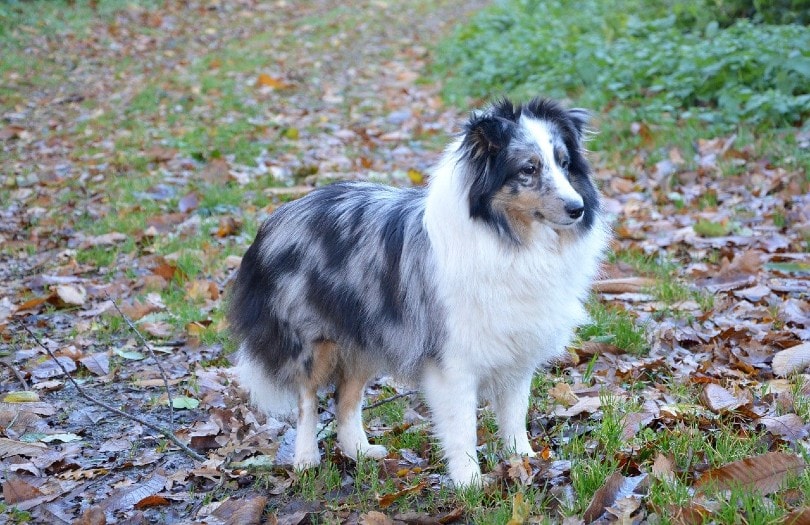
Health & Care
Shetland Sheepdogs are quite healthy overall. They were bred for work, so their health was extremely important during their development. After all, no one wants a sickly herding dog.
These dogs are quite small, so they are not prone to hip dysplasia—even the males are not significantly more prone to it. They simply aren’t large enough for it to matter much (especially when they are bred well). Hip dysplasia is genetic and has been identified in certain lines, though. In these cases, males may or may not be more prone to the condition.
These dogs are prone to cancer, however. The male dogs can get forms of cancer that the females cannot get, of course, and vice versa.
- Deafness
- Hip dysplasia
- Eye conditions
- Cancers of all sorts
Breeding
Males should be screened for genetic conditions before being studded. The Shetland Sheepdog is prone to quite a few different genetic conditions, including thyroid problems, eye problems, and von Willebrand’s disease. You should X-ray your male’s hips to ensure that he’s not suffering from hip dysplasia.
Color combinations can be a problem. Too much white can lead to deafness and similar conditions. Merle males should never be bred with Merle females.
As small dogs, these canines often mature quite quickly. Males can often breed by the time they are 1 year old, though the exact age of maturity does vary.
- Healthy
- Neutered dogs not prone to hormonal mood changes
- Early sexual maturity
- More likely to wander if intact
- Increased marking behavior
- Higher bite chance

Female Shetland Sheepdog Overview
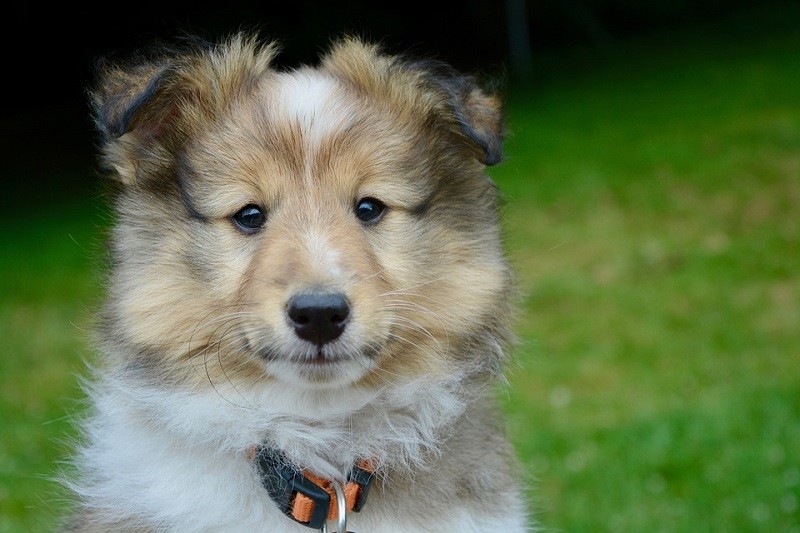
Personality/Character
Females are extremely similar to males when it comes to their overall personalities. Usually, socialization will affect a female more than their sex, though hormonal differences can be somewhat important.
Females that are not spayed will regularly go into heat. In some cases, a female’s personality may change during this period. Many owners describe their dogs as more affectionate. Pregnancy can also cause increased affection.
Overall, females are more prone to these hormonally linked personality changes than males simply because their hormones change more often. Females can wander just like males, but this typically only happens when they are in heat. Males will wander to seek out females during any period of their life, while females typically only see out males when they are in heat.
Training
Female Shetland Sheepdogs are just as easy to train as males. As intelligent dogs, they can learn commands quickly. Some people claim that females are actually easier to train than males. However, there is no scientific information available on this topic. Without objective evidence, it is hard to say whether females are actually easier to train.
There is some evidence that females are less competitive than males, which may affect training. However, under normal circumstances, the differences will be so small that they are hardly noticeable.
Training may be slightly difficult while the female is in heat, as they may be distracted. However, these periods should not last a terribly long time, so it likely won’t affect your dog’s overall training.
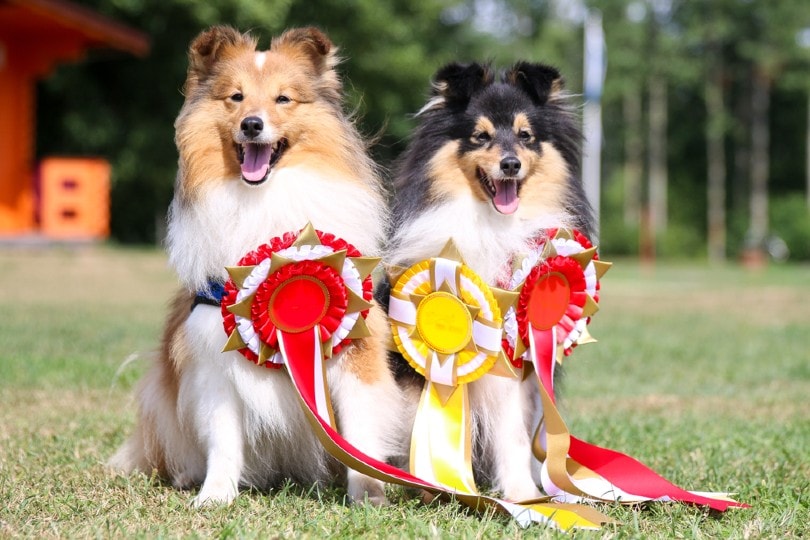
Health & Care
Female Shetland Sheepdogs are extremely healthy. However, they are prone to a few different genetic disorders. Luckily, there are many different tests available for these conditions. Therefore, proper breeding can prevent many of these health conditions.
Shetland Sheepdogs are prone to cancer in general, and the females are particularly prone to certain types of cancer, such as ovarian cancer. Of course, males cannot develop this type, as they don’t have ovaries.
They are also susceptible to von Willebrand’s disease, which causes serious problems. Sadly, these dogs are more likely to have the more harmful type of this disease, and it often leads to their death.
- Deafness
- Hip dysplasia
- Eye conditions
- Cancer of all sorts
Breeding
Females should not be bred until they reach their full size. Generally, this occurs when they are about 18 months old. However, it can vary from dog to dog.
Typically, females will go into heat before they are full-grown. Technically, you can breed them before this time. However, this may affect their overall growth. After all, it is hard for the dog to keep growing properly when she is also trying to grow a litter of puppies.
Females should be tested for various genetic conditions before they are bred. Many genetic problems can potentially affect the Shetland Sheepdog, so proper genetic testing is essential.
- Lower bite chance
- Fewer marking behaviors
- May be less prone to certain conditions
- Hormonal changes can change personality
- Not able to breed until later
- Can develop specific types of cancer at a higher rate


Which Sex Is Right for You?
For the most part, male and female Shelties are the same. When you’re picking out a puppy, you likely won’t want to put sex toward the top of the priority list. For the most part, these dogs are extremely similar.
The main differences are going to be hormonally linked. Females will go in heat if not spayed, and males will often engage in marking behaviors. Males may also wander more, especially if they smell an in-heat female.
However, if you fix your male or female Shetland Sheepdog, the differences will be far less obvious. Without the larger hormonal difference, the overall personality differences are much less apparent.
See Also:
Featured Image Credit: Top – Erkki Makkonen, Shutterstock | Bottom – Erkki Makkonen, Shutterstock


